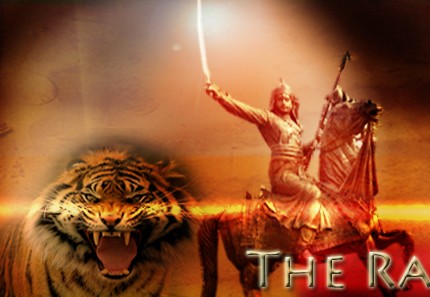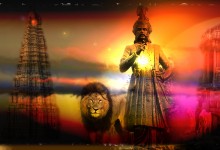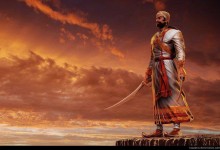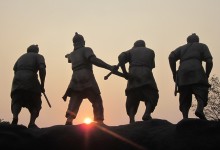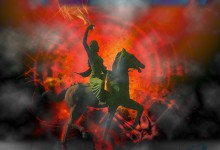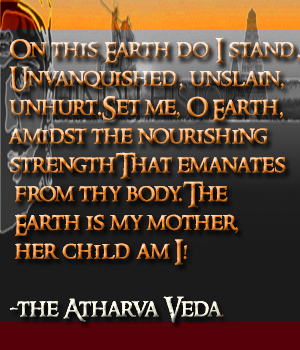Posts Tagged ‘india islamic’
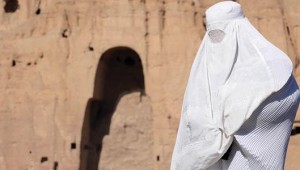
What if India had turned Islamic ?
Imagine an India where after hundreds of years of dogged resistance the Hindus fail to rise again. Imagine the end of the fourteenth century – a Delhi laid waste by the invasions of Timur and the horrors that lay in his w...

